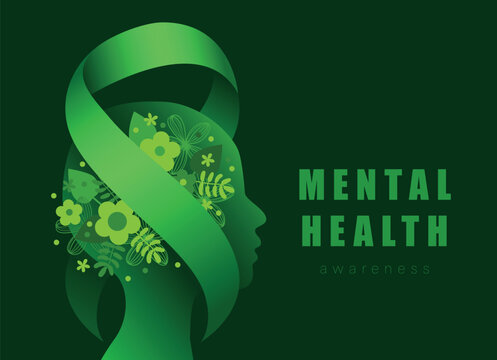Road accidents are one of the most pressing public safety concerns of our time. Every day, thousands of lives are lost, and many more suffer life-altering injuries due to traffic collisions. What makes road accidents particularly tragic is that most of them are preventable. Whether caused by human error, poor infrastructure, or vehicle malfunctions, these incidents leave behind a trail of devastation, affecting families, economies, and entire communities.
Understanding the causes, consequences, and potential solutions to road accidents is crucial in the fight to make our roads safer.
The Global Scale of the Problem
According to the World Health Organization (WHO), road traffic crashes claim approximately 1.3 million lives annually, making them a leading cause of death, particularly among young people. In addition to the fatalities, millions of individuals suffer serious injuries that often result in long-term disabilities.
The economic burden is equally staggering, with road crashes costing countries an estimated 3% of their GDP due to healthcare costs, loss of productivity, and vehicle damage. Developing nations are disproportionately affected, as they often lack the infrastructure and enforcement needed to ensure road safety.
Leading Causes of Road Accidents
While road accidents can happen for many reasons, certain factors are responsible for most crashes:
1. Reckless and Distracted Driving
-
Speeding is a leading cause of accidents, as it reduces a driver’s ability to react in time to avoid collisions.
-
Distracted driving—including texting, talking on the phone, eating, or adjusting the radio—diverts attention from the road, leading to fatal consequences.
-
Drunk and drug-impaired driving significantly slows reaction times and impairs judgment, making accidents much more likely.
2. Poor Road Infrastructure
-
Roads filled with potholes, inadequate lighting, and lack of proper signage can increase the likelihood of crashes.
-
Absence of pedestrian walkways and bicycle lanes also contributes to the number of road-related fatalities.
3. Weather Conditions
-
Rain, fog, snow, and ice make roads slippery and reduce visibility, increasing the chances of accidents.
-
Drivers who fail to adjust their speed and driving behavior in bad weather put themselves and others at risk.
4. Mechanical Failures
-
Faulty brakes, worn-out tires, and engine malfunctions can lead to accidents, especially if regular maintenance is neglected.
-
In some cases, manufacturing defects in vehicles have been responsible for catastrophic crashes.
The Devastating Impact of Road Accidents
1. Loss of Human Lives and Permanent Disabilities
For many families, a road accident means the heartbreaking loss of a loved one. Those who survive often suffer life-changing injuries, such as spinal cord damage, amputations, or traumatic brain injuries. The road to recovery can be long, painful, and financially draining.
2. Emotional and Psychological Trauma
Survivors of road accidents often experience post-traumatic stress disorder (PTSD), depression, and anxiety. Witnesses and families of victims also endure significant emotional distress, which can last for years.
3. Economic and Social Consequences
-
Road accidents place a heavy burden on healthcare systems due to the high costs of emergency care, surgeries, and rehabilitation.
-
The loss of a breadwinner in a family can push dependents into financial hardship.
-
Insurance companies face billions in claims each year, leading to higher premiums for all drivers.
How Can We Prevent Road Accidents?
Preventing road accidents requires a combination of personal responsibility, government policies, and technological advancements. Here are some key strategies:
1. Stricter Law Enforcement and Penalties
-
Governments must ensure that traffic laws—such as speed limits, seat belt requirements, and drunk driving regulations—are strictly enforced.
-
Heavier penalties for reckless driving can deter dangerous behavior on the roads.
2. Improved Road Infrastructure
-
Building well-maintained roads, installing proper traffic signals, and ensuring well-lit highways can reduce accident rates.
-
Pedestrian crossings, bike lanes, and speed bumps in high-risk areas can also help prevent crashes.
3. Advancements in Vehicle Safety
-
Modern vehicles come with safety features like anti-lock braking systems (ABS), lane departure warnings, and collision detection sensors.
-
Governments should encourage the use of safer vehicles by setting high manufacturing safety standards.
4. Raising Public Awareness
-
Educational campaigns on the dangers of reckless and distracted driving can help change dangerous driving habits.
-
Schools should include road safety education in their curriculum to teach children the importance of responsible road use.


No comments:
Post a Comment